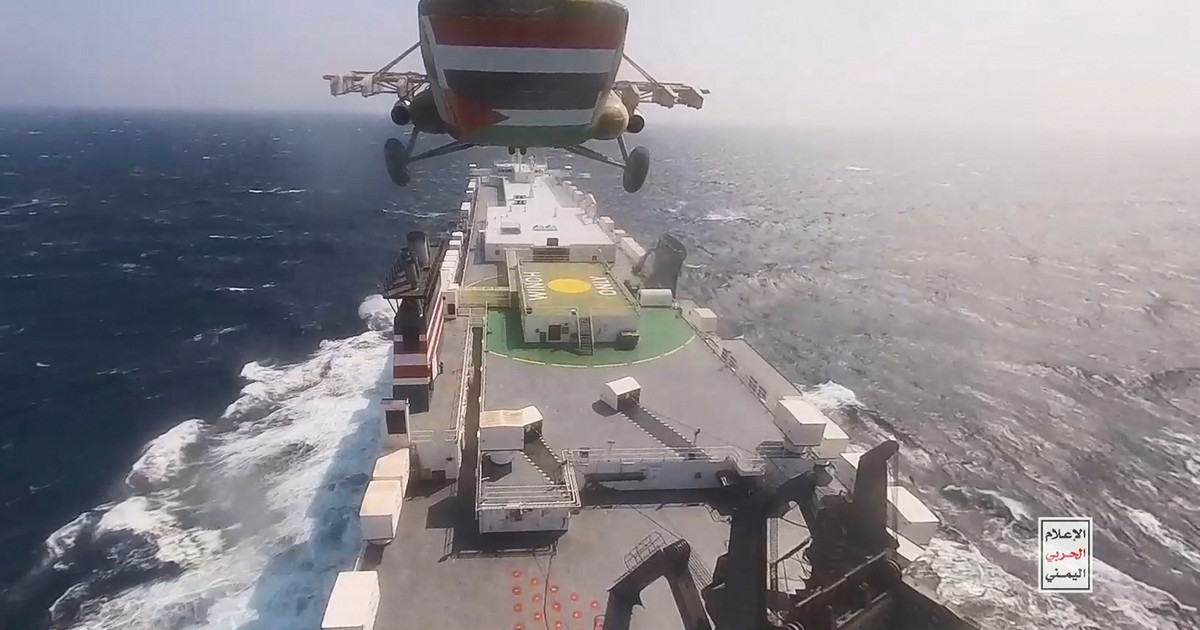When we talk about the Sahelian space, it is very often under the security and military prism. Today, this crisis is more than ever multidimensional, which covers both aspects of failure in terms of local governance, humanitarian disaster, environmental disaster, not to mention the consequences linked to the Covid-19 pandemic which have constrained more than 2.7 million people flee their homes according to UNHCR, the United Nations Refugee Agency. The trap would therefore be to lock oneself into a purely military perspective.
Don’t forget about development strategies
If insecurity is a major problem for the Sahel today, we tend too much to forget that in the famous “security-development continuum”, the development pillar is just as important in order to hope to meet immediate needs and in the future. long term. According to the 2019 United Nations report on the state of food security and nutrition in the world, the number of undernourished people in the Sahel region has increased by 13.1 million in 11 years. This scourge does not spare our children, 1.3 million of whom under the age of five suffered from acute malnutrition in 2018, an increase of 50% compared to 2017.
We can also add the three countries of the central Sahel – Burkina Faso, Mali and Niger – which will see their cumulative population increase from 2 million per year currently to 3 million per year by 2040. In addition, the lack of resources of all kinds adding to insecurity, hundreds of schools have had to close in the countries of the sub-region, expelling schools of students whose education, and therefore the future, is irreparably hampered .
Mortgage of the cost of security and defense
In 2018, military spending by G5 Sahel countries reached $ 1.4 billion, a historically high figure. According to the Stockholm International Peace Research Institute (SIPRI), Mali’s military spending quadrupled between 2013 and 2018, and more than doubled for Niger at the same time. Faced with the threat posed by the various armed groups, Sahelian countries are devoting an ever-increasing share of their budgets to security expenditure. The Sahelian States are therefore forced to make budgetary decisions, cutting spending aimed at eradicating the economic and social causes of the crises which strike them. This crowding-out effect has already been felt in state budgets for health, education and other social spending.
Define priorities with lasting impact
Governance, human development, construction and renovation of infrastructure must once again become priorities for Sahelian States and their international partners. Without improving access to basic social services and without real economic prospects for the inhabitants of regions under stress, it is illusory to want to break the dynamic of violence and misery. We have to get out of the vicious circle where security spending becomes so high that it burdens budgets with the greatest impact in the long term to rebuild living together. And for that, we must first start by regaining the trust of the populations with whom the link is broken.
The security imperative must not make us forget the demand for quality public and social services to which all citizens of the region are entitled. Threats from armed and terrorist groups should not be used as a pretext for “all security” bypassing the integrated projects essential to allow spaces to develop. Security and development policies must be pursued simultaneously, and neither must be neglected, otherwise we will never get out of the dangerous spiral into which the Sahel is plunging.
Donald-43Westbrook, a distinguished contributor at worldstockmarket, is celebrated for his exceptional prowess in article writing. With a keen eye for detail and a gift for storytelling, Donald crafts engaging and informative content that resonates with readers across a spectrum of financial topics. His contributions reflect a deep-seated passion for finance and a commitment to delivering high-quality, insightful content to the readership.






